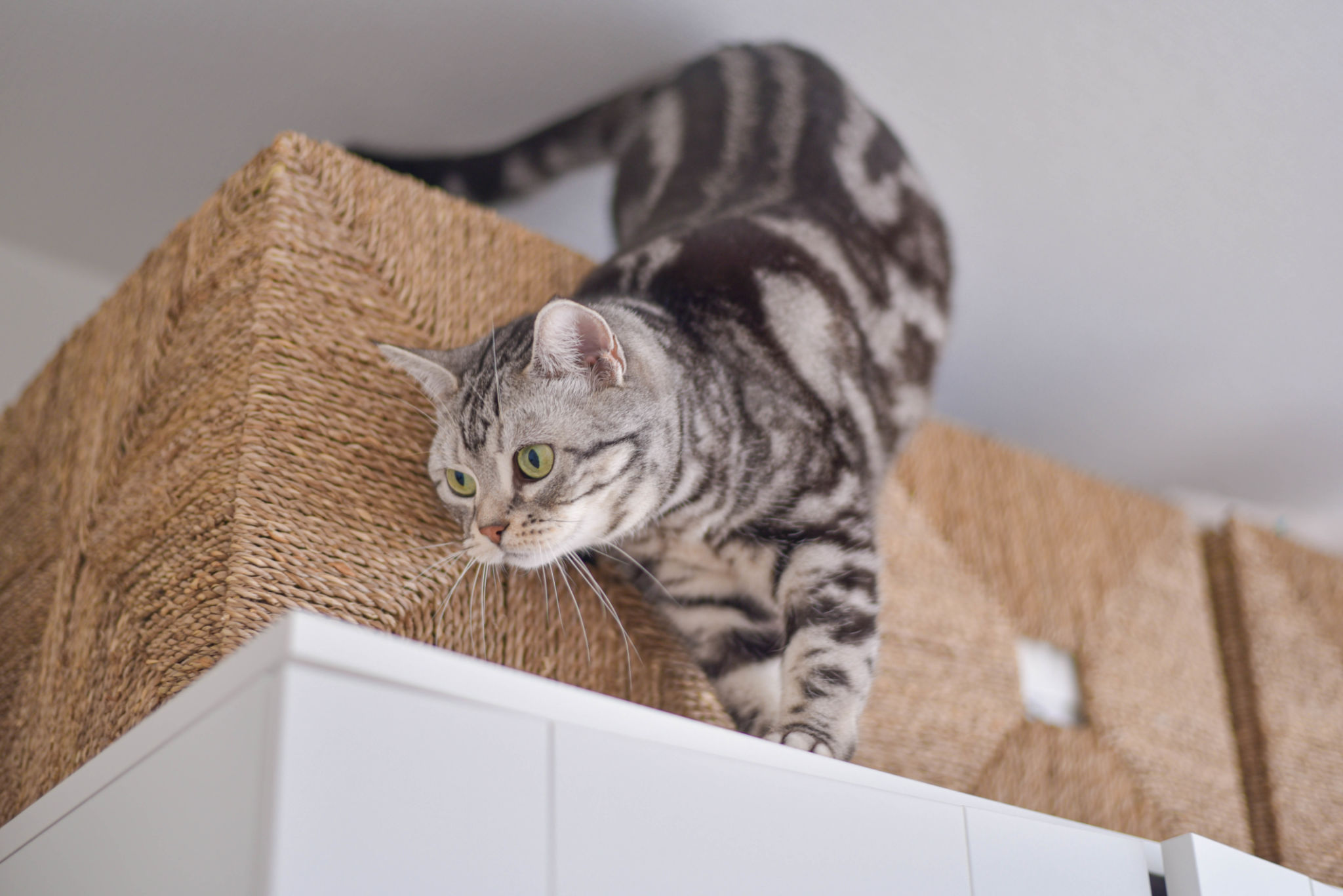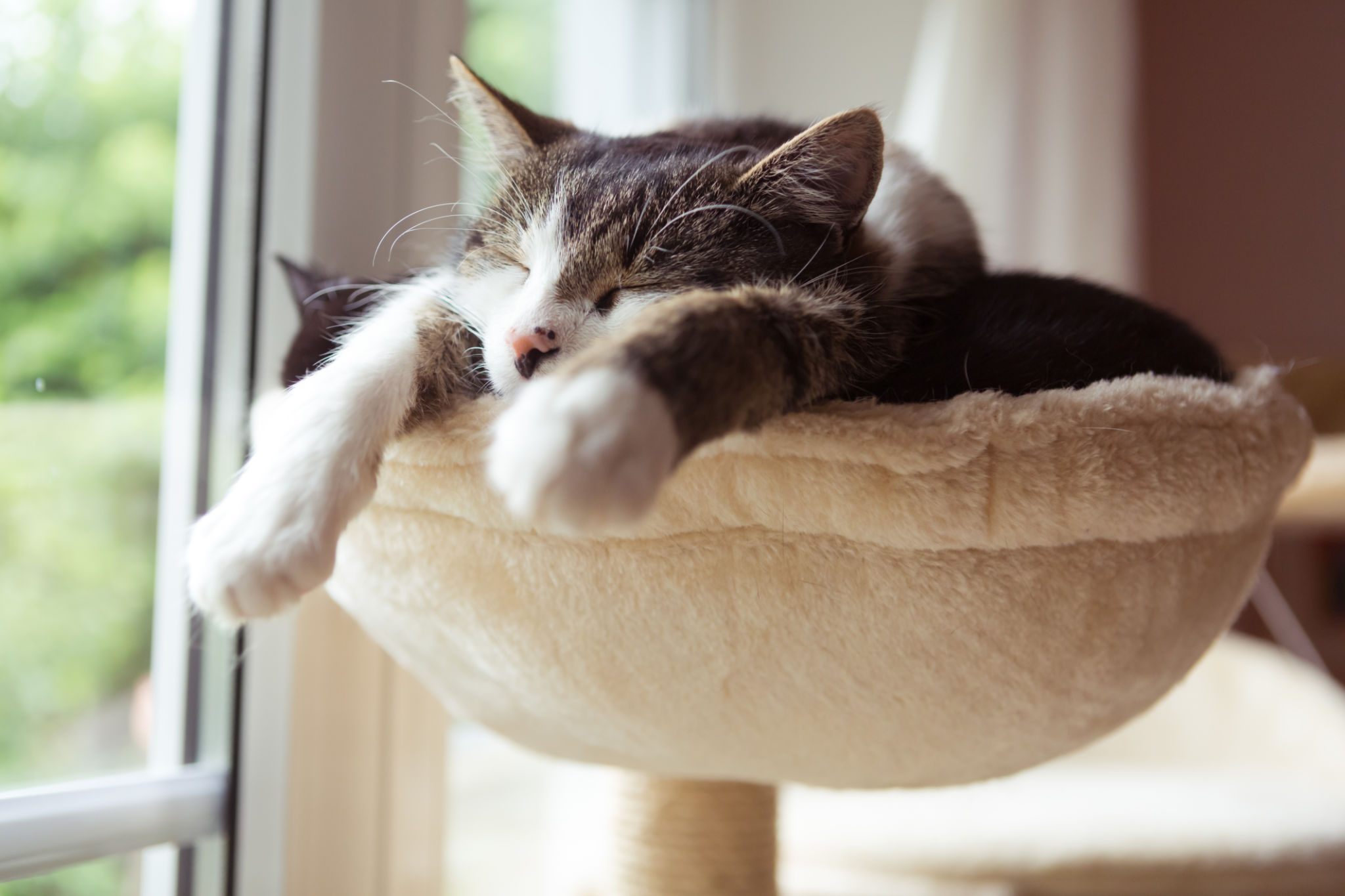Starter Guide for First-Time Cat Owners
Starter Guide for First-Time Cat Owners
So, you’ve just welcomed a cat into your home — congratulations! Whether your new companion is a kitten bouncing off the walls or a calm adult settling in, this guide is for you. Designed with first-time cat owners (and those who want to do things right this time), we’ll walk through the essentials of feline care: food, litter, routine, play, safety, and more.

Feeding: Only the Good Stuff
Cats are obligate carnivores — which means they must eat meat to thrive. Here's the short version: ditch the dry food and go for wet or raw food only.
What to Feed
Wet food or BARF (raw meat-based diet)
No dry food. It's linked to chronic dehydration, kidney issues, and obesity.
Quality Brands to Look For
Top-tier: Wild Freedom, Catz Finefood, Encore
Budget-friendly but solid: Animonda Carny, Smilla
Use the ZOOPLUS app or website to check what’s really in that tin
Feeding Tips
Serve meals on flat plates (not bowls!) to avoid whisker fatigue
Provide water in wide, shallow bowls (avoid fountains — they just cycle stale water)
Feed 2–3x daily for adults, 3–5x for kittens
Vary the meat sources: chicken, beef, turkey, etc.

The 3-3-3 Rule: Give Them Time
Every cat needs time to settle into a new home. Here’s the 3-3-3 rule to keep in mind:
First 3 Days
Your cat may hide, avoid eating, or seem shut down
Limit them to one quiet room with food, water, litter, and hiding spots
First 3 Weeks
They start exploring more
Keep routines steady: feeding, playtime, litter cleaning
Begin gentle interaction: treats, play sessions, calm talking
First 3 Months
Personality blossoms
Let them access more rooms gradually
Continue building trust with daily routines and play

Litter Box Setup: No Shortcuts
Cats care a lot about their toilets. Here's how to keep things clean and cat-approved:
What to Use
Natural, unscented clumping litter (plant-based like Greenwood)
Avoid scented, crystal, or dusty clay litters
Box Basics
One litter box per cat, plus one extra
Open, uncovered boxes only — skip the small and hooded ones
Place in quiet, accessible spots
Scoop daily, full change every 1–2 weeks

Routines: Food, Fun & Rest
Cats thrive on predictable routines. Even adults need play and stimulation.
Play Time
Kittens: short, frequent play sessions
Adults: at least 10–15 minutes twice a day
Use wand toys, feathers, or anything interactive (not just balls!)
Sleep & Safe Spots
Cats sleep up to 16 hours a day — offer multiple cozy napping spots
Provide access to high places like cat shelves, windowsills, or the top of furniture
Grooming & Care
Brush long-haired cats daily, short-haired cats 2–3 times/week
Trim claws every 2–4 weeks
What You Need: Supplies Checklist
| Category | Must-Haves | Check window |
| Feeding | Flat ceramic/stainless plates, high-quality wet food, wide water bowls | |
| Litter | Open litter boxes (1 per cat +1), plant-based clumping litter | |
| Comfort | Bed, blanket, safe hiding spot | |
| Enrichment | Scratching post, toys, puzzle feeders, access to vertical space | |
| Health & Safety | Carrier, claw clippers, brush, flea comb, first vet appointment |
Quick Safety Tip: No Collars
Even so-called "breakaway" collars can be dangerous. Cats can still get stuck and injured. Skip the collar — instead, get your cat microchipped for safe ID.
Final Thoughts
Cats are independent, smart, and full of personality — but they thrive with the right care and a stable routine. Offer good food, space to play and hide, and patience. The bond you’ll build is totally worth it.
Have questions or want more tips? Check out our other blog posts on behavior, food guides, and vet care!
🧡 Martyna
Feline Behaviourist & Nutritionist
Founder of CatZone